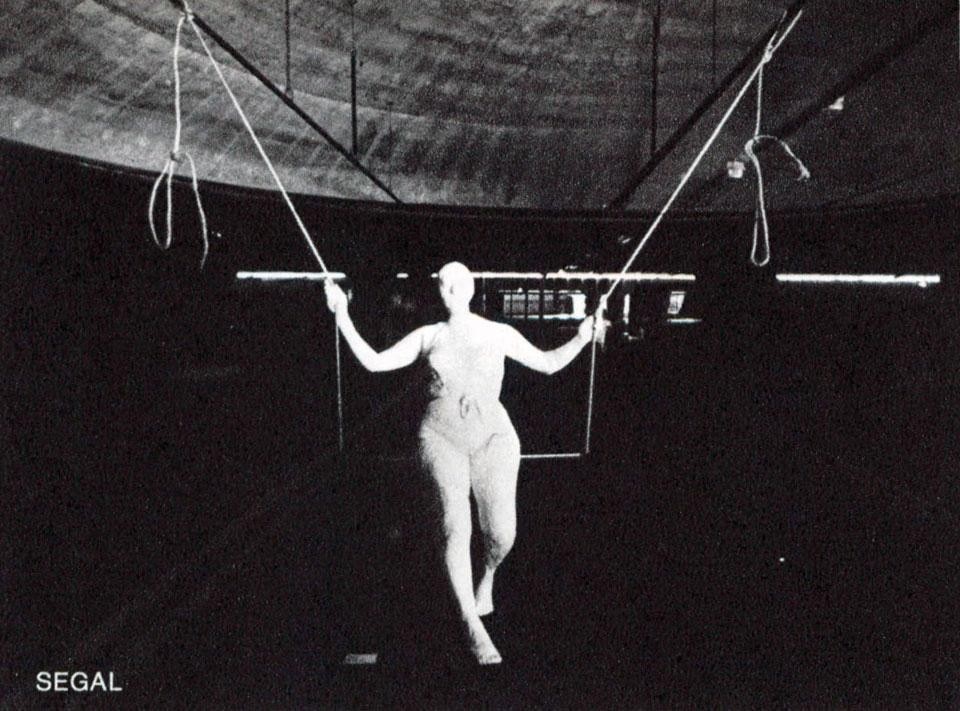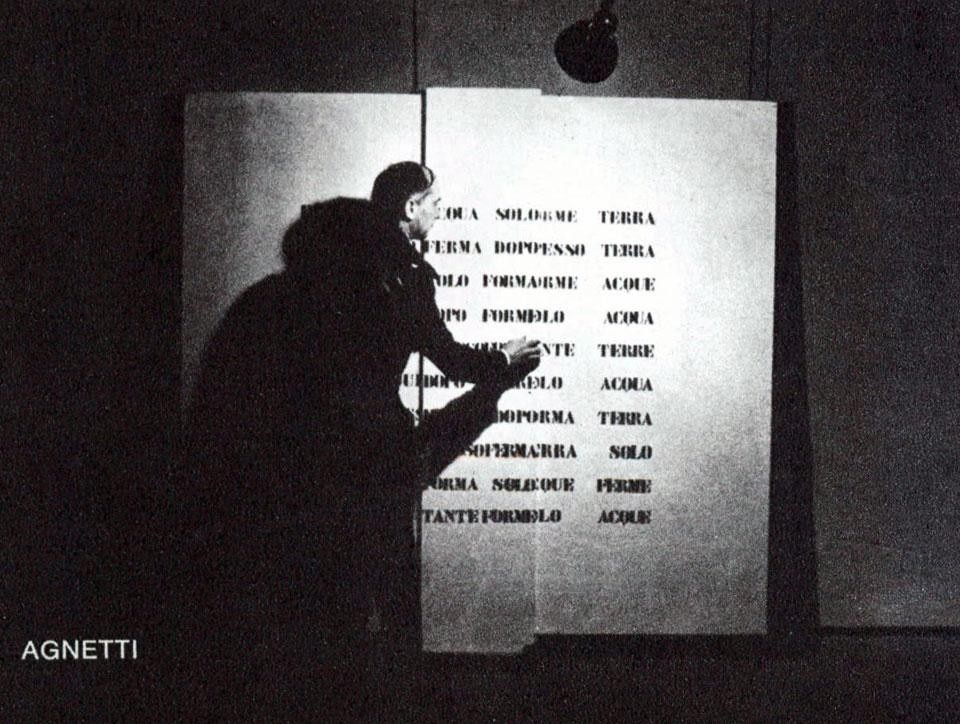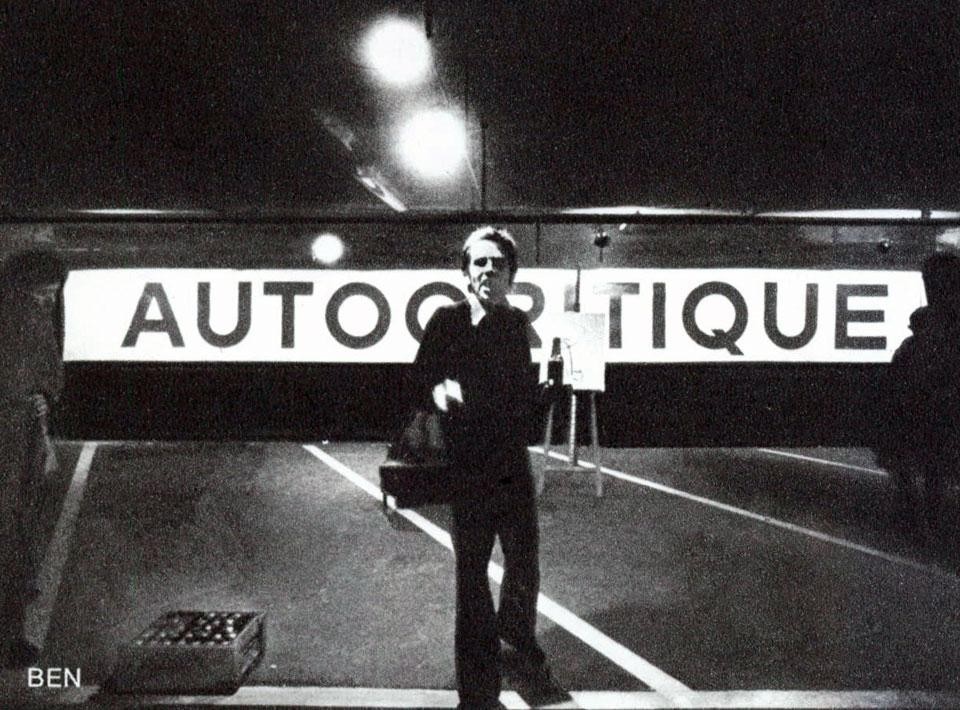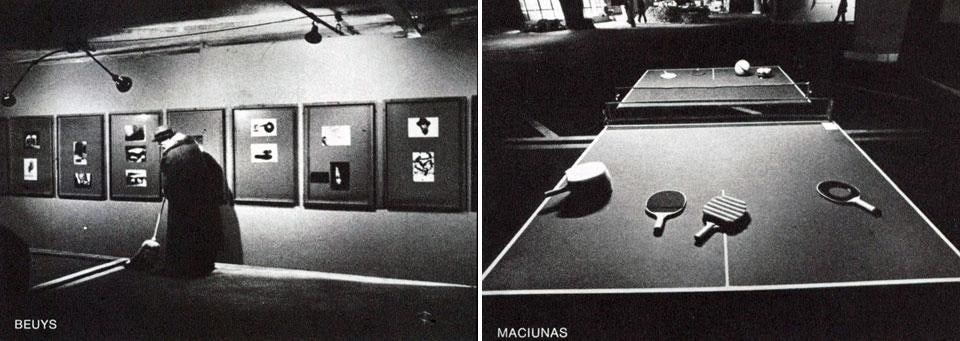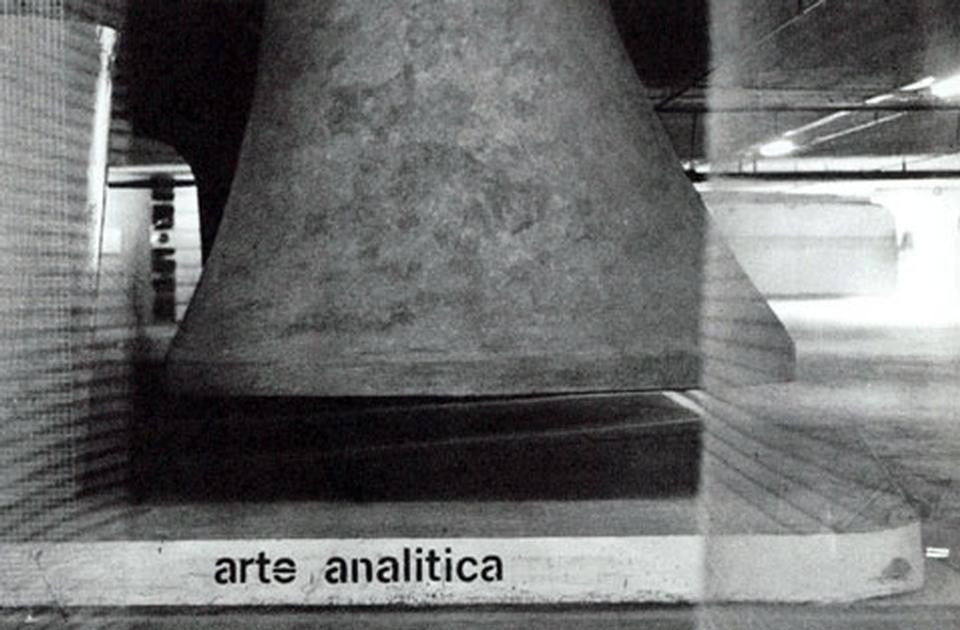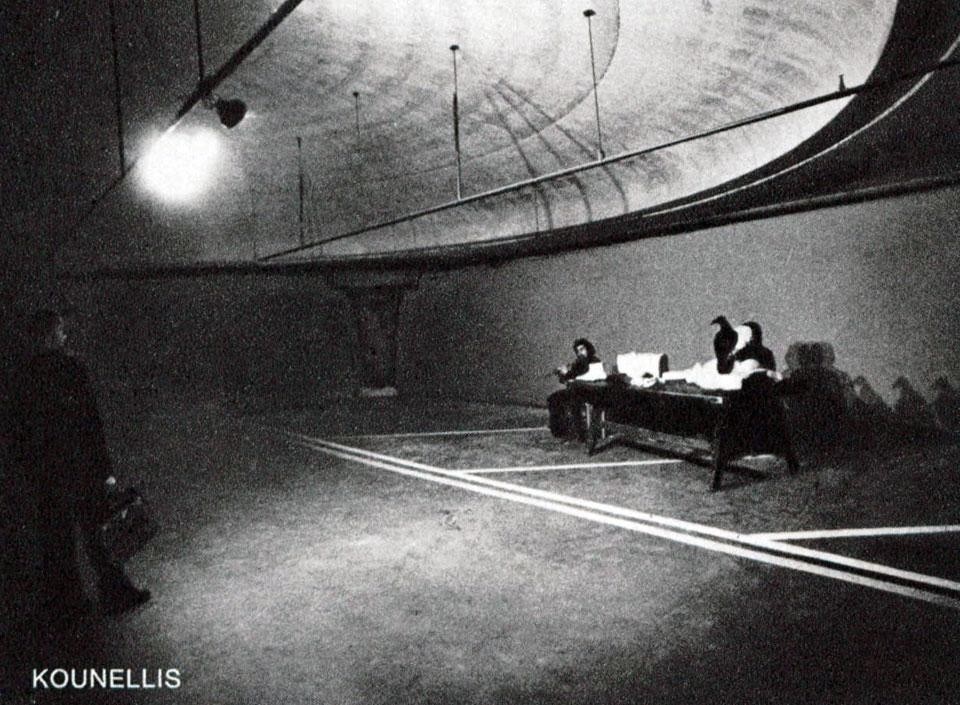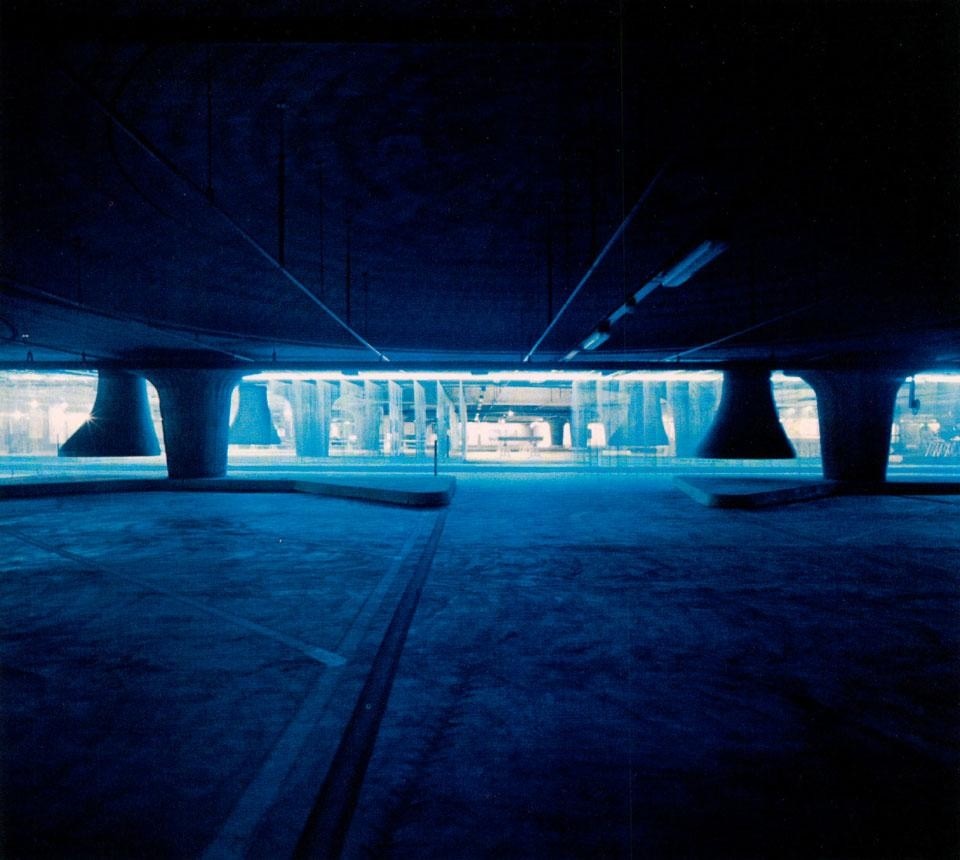In fact it is not surprising that the most interesting contributions to new thought offered at Contemporanea come not so much from the art sections of the exhibition but rather from the newer, almost speculative sections such as "Architecture and Design", "Counterinformation" and the smaller yet urgent inclusions such as "L'immaginazione al potere" ["Power to imagination"], "Conceptual Architecture" and Gruppo Strum's "Per una città intermedia" ["For an intermediate city"]. Contemporanea is big, beautiful and amazingly inclusive. It represents impressive scholarship, intuition and labor on the part of its organizers, the artists and dealers involved, and the publishers of the fine catalog, itself a major document for everybody interested in advanced visual theory.
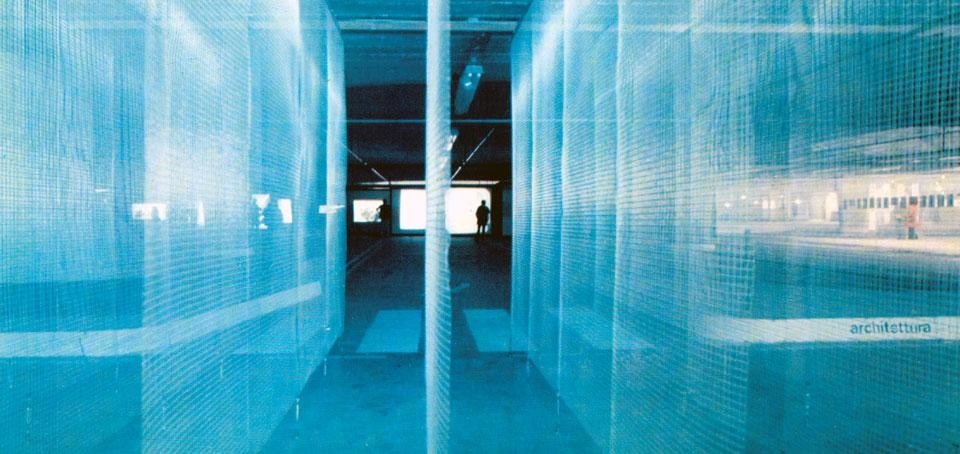
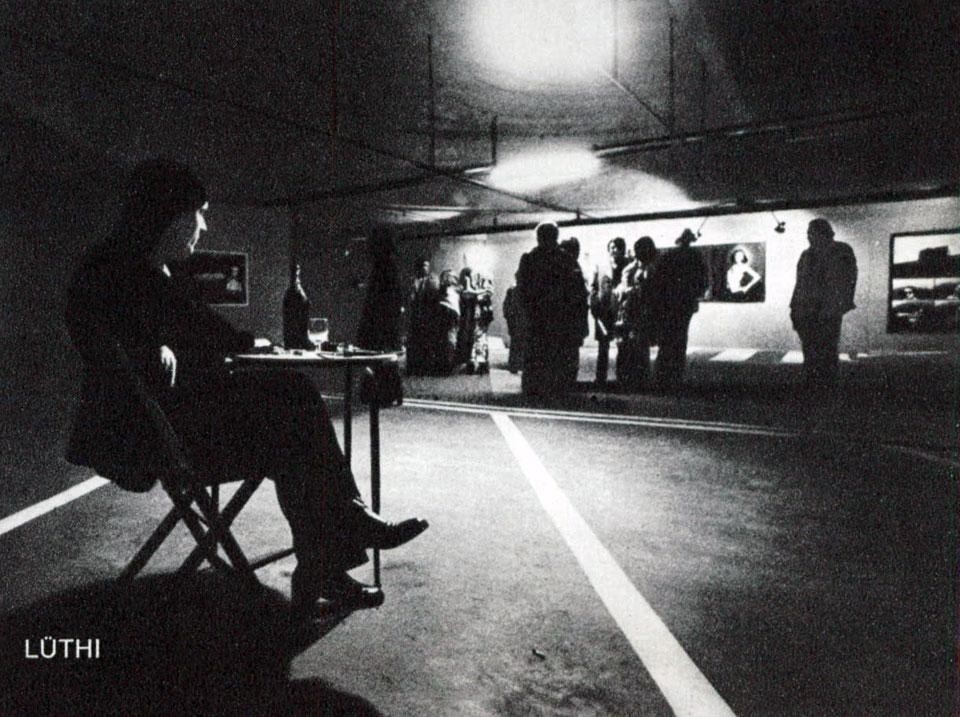
Contemporanea has succeeded in bringing together the most typical and scandalous monument of mainstream Western culture, the underground parking lot, with the most contemptuous artistic manifestations of that culture in the form of its contemporary art
